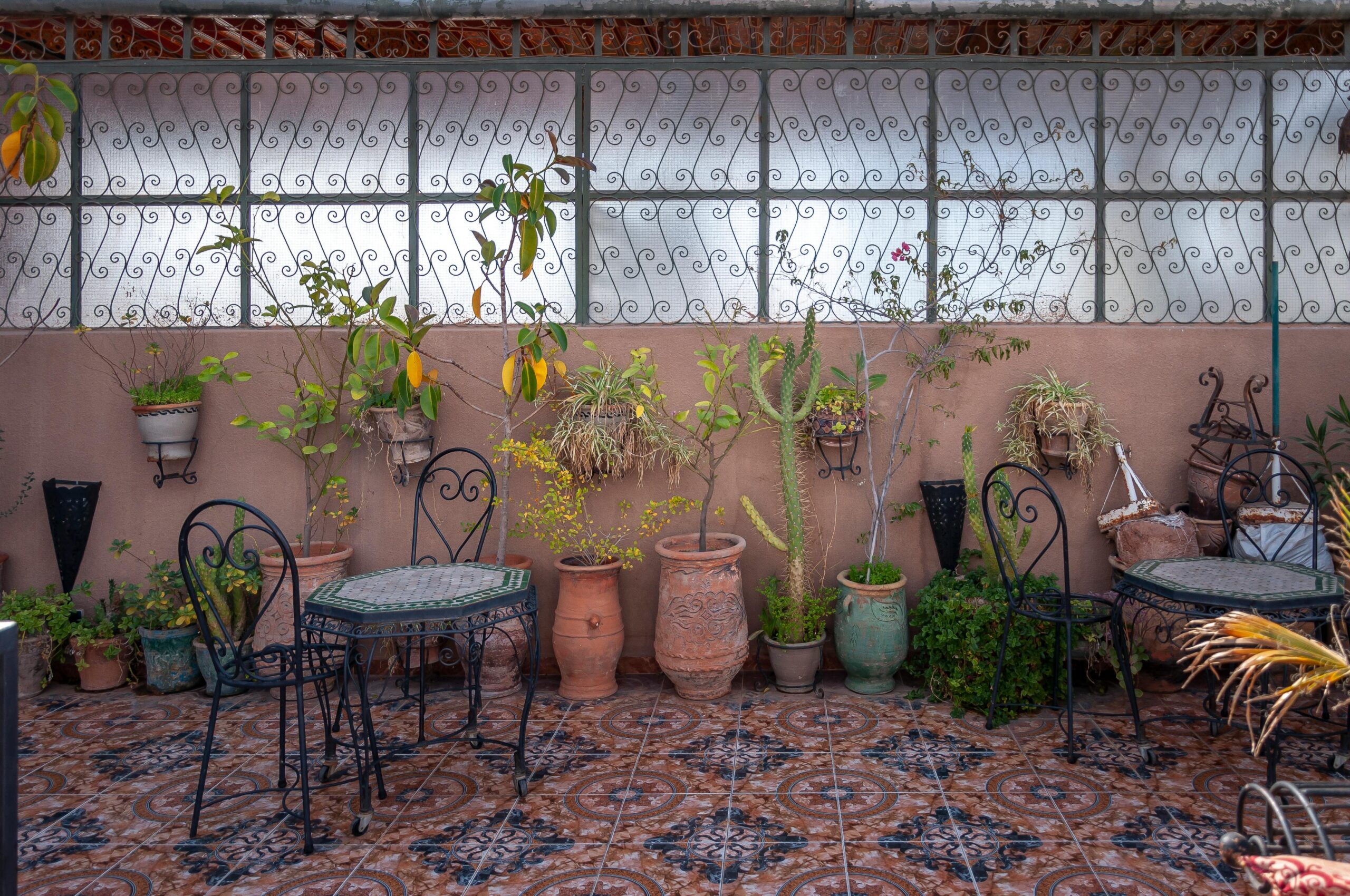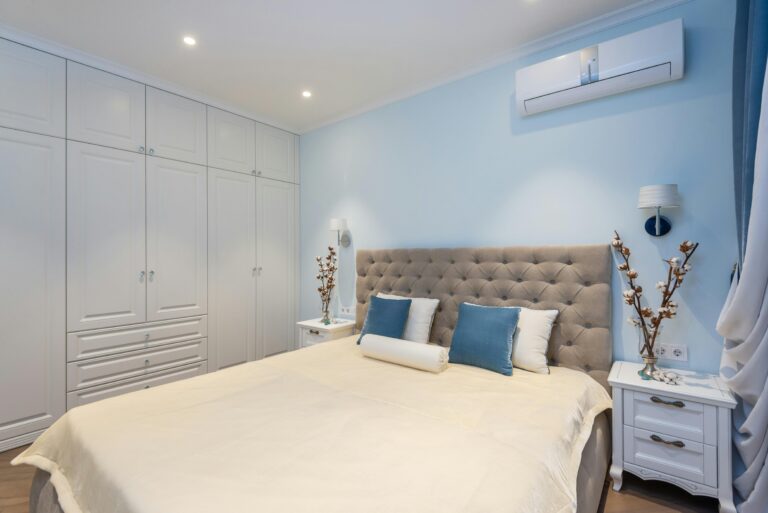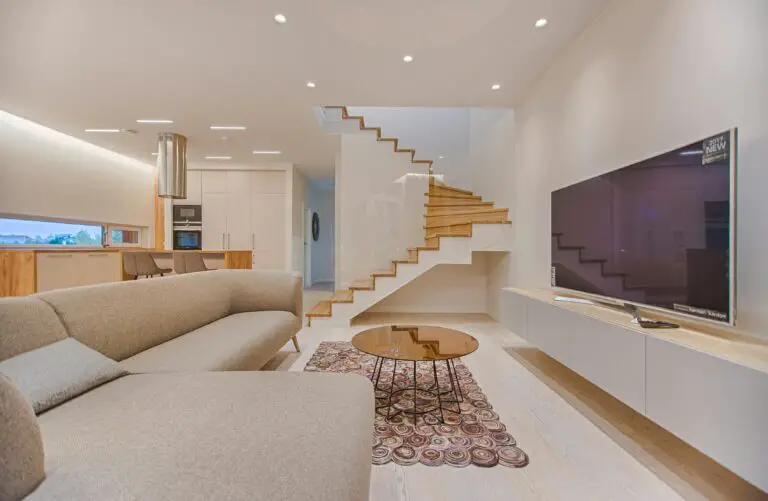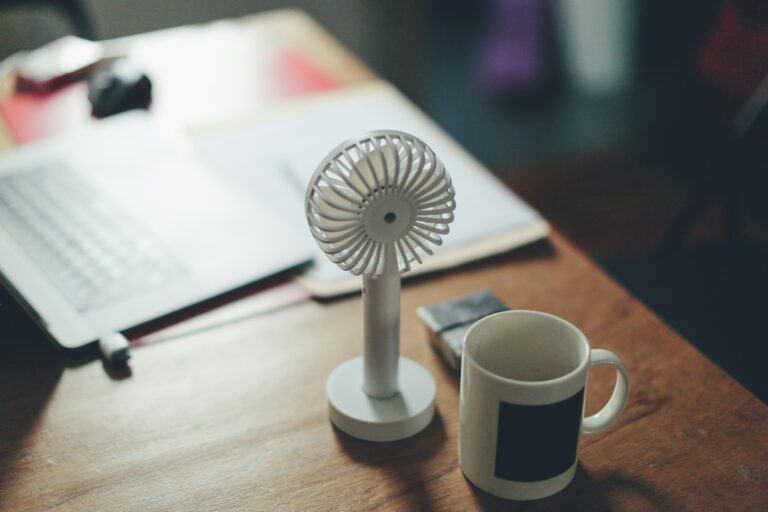The heart of any home, the kitchen, deserves special attention when it comes to aesthetics and functionality. One way to infuse a touch of exotic charm and timeless elegance into your kitchen is by incorporating Moroccan tiles into your backsplash. These intricately designed tiles can transform a dull kitchen into a vibrant and stylish space.
In this comprehensive guide, we’ll walk you through every aspect of incorporating Moroccan tiles in your kitchen backsplash, from understanding their origins to installation and maintenance.
Moroccan Tiles: An Overview
Moroccan tiles, also known as zellige or Moroccan mosaic tiles, have a rich history that dates back centuries. They originated in the Islamic world and are known for their geometric patterns and vibrant colors. These tiles have been a symbol of craftsmanship and artistry in Moroccan culture for generations.
Characteristics and Designs of Moroccan Tiles
Moroccan tiles are celebrated for their intricate designs, which often feature geometric shapes, floral motifs, and bold colors. They come in various shapes and sizes, allowing for endless design possibilities. Their unique, handcrafted appearance adds a distinctive charm to any space.
Materials Used in Moroccan Tile Production
Traditionally, Moroccan tiles are made from clay and fired in kilns to achieve their durability and distinctive look. However, modern variations may use cement or other materials. The choice of material can influence the tile’s appearance and longevity.
Benefits of Incorporating Moroccan Tiles
1. Aesthetic Appeal and Uniqueness
One of the primary reasons to consider Moroccan tiles for your kitchen backsplash is their unmatched aesthetic appeal. The intricate patterns and vibrant colors instantly make your kitchen stand out. The uniqueness of each tile ensures that your kitchen will have a one-of-a-kind design.
2. Durability and Longevity
Moroccan tiles are built to last. When properly installed and maintained, they can withstand the test of time, making them a practical choice for a high-traffic area like the kitchen.
3. Easy Maintenance and Cleaning
Maintaining Moroccan tiles is surprisingly easy. Their glazed surface makes them resistant to stains, and regular cleaning with mild detergent and water is usually sufficient to keep them looking pristine.
4. Versatility in Design Options
Despite their traditional roots, Moroccan tiles can be adapted to various design styles. Whether you prefer a classic or contemporary kitchen, there’s a Moroccan tile pattern that can seamlessly integrate into your vision.
Planning Your Kitchen Backsplash
1. Measuring the Space
Before you begin, accurately measure the area where you plan to install the Moroccan tiles. Proper measurements ensure that you purchase the right quantity of tiles and avoid costly mistakes.
2. Choosing the Right Tile Size and Shape
Moroccan tiles come in various sizes and shapes. Consider the size of your kitchen and the design you want to achieve when selecting the tiles. Larger tiles can create a bold statement, while smaller ones may offer a more intricate look.
3. Selecting Suitable Color Schemes
Your kitchen’s color palette should harmonize with the Moroccan tiles. Think about the existing colors of your cabinets, countertops, and appliances. Choose a tile color that complements or contrasts with these elements to achieve the desired effect.
4. Budget Considerations
Moroccan tiles can vary significantly in price, depending on factors like material, quality, and brand. Set a budget for your kitchen backsplash project and explore options that align with your financial plan.
Preparing Your Kitchen for Installation
1. Removing Existing Backsplash (If Applicable)
If you have an existing backsplash, you’ll need to remove it before installing Moroccan tiles. This process may involve prying off old tiles, patching walls, and ensuring a smooth, clean surface.
2. Surface Preparation and Cleaning
Ensure that your kitchen wall is clean and free of any debris or grease before you begin installation. A clean surface is essential for proper adhesion.
3. Installing a Backer Board (If Necessary)
Depending on the condition of your wall, you may need to install a backer board to provide a solid and even surface for tile installation. This step is crucial for long-term durability.
Installing Moroccan Tiles
1. Gathering Necessary Tools and Materials
Before you start laying tiles, gather all the essential tools and materials, including adhesive, spacers, a trowel, grout, and, of course, your Moroccan tiles.
2. Layout and Design Considerations
Plan the layout of your Moroccan tiles carefully. You can create mesmerizing patterns by arranging tiles in various configurations. Consider dry-fitting the tiles before applying adhesive to ensure your design looks just right.
3. Applying Adhesive and Setting the Tiles
Apply tile adhesive to the wall in small sections and press the tiles firmly into place. Use spacers to maintain even gaps between tiles for grout.
4. Grouting and Sealing the Tiles
After the adhesive has dried, it’s time to grout the tiles. Choose a grout color that complements your tile design. Once grouted, seal the tiles to protect them from stains and moisture.
5. Tile Spacing and Pattern Options
Experiment with different tile spacing and patterns to achieve the desired look. Moroccan tiles allow for creativity, so don’t be afraid to mix and match to create a unique backsplash.
Maintenance and Care
1. Cleaning and Maintaining Moroccan Tiles
Keeping your Moroccan tile backsplash clean is easy. Wipe down the tiles regularly with a mild detergent and water. Avoid abrasive cleaners that can damage the glaze.
2. Dealing with Stains and Grout Issues
In the event of stains or grout discoloration, address the issue promptly. There are specialized cleaners and techniques available to tackle these problems effectively.
3. Regular Inspection and Repair
Periodically inspect your Moroccan tile backsplash for loose or damaged tiles. Replace or re-adhere any tiles that have come loose to maintain the integrity of your backsplash.
Inspiration and Design Ideas
1. Showcasing Various Moroccan Tile Patterns
Explore a variety of Moroccan tile patterns to inspire your kitchen design. From traditional to modern, there’s a pattern for every taste.
2. Mixing and Matching Patterns
Don’t hesitate to mix and match Moroccan tile patterns for a more eclectic look. Combining different designs can add depth and visual interest to your kitchen.
3. Integrating Moroccan Tiles with Kitchen Decor
Consider how Moroccan tiles can complement your kitchen’s overall decor. From cabinetry to lighting, every element should work harmoniously to create a cohesive look.
Conclusion
Incorporating Moroccan tiles into your kitchen backsplash is a design choice that combines timeless elegance with modern appeal. From their captivating designs to their durability, these tiles offer a myriad of benefits that can enhance your kitchen’s aesthetic and value. By following the steps outlined in this guide, you can confidently embark on your journey to transform your kitchen into a stunning and unique space that reflects your style and personality.
Frequently Asked Questions
1. Is Moroccan tiles good for the kitchen?
Yes, Moroccan tiles are an excellent choice for a kitchen backsplash. Their durability, easy maintenance, and captivating designs make them a practical and stylish option.
2. Which tiles are best for a kitchen backsplash?
Moroccan tiles are a great choice, but other suitable options include ceramic, porcelain, glass, and subway tiles. The best tile for your kitchen backsplash depends on your design preferences and budget.
3. What backsplash tile never goes out of style?
Subway tiles are a timeless choice for kitchen backsplashes. Their simple, classic design has enduring appeal and complements various kitchen styles.
4. Can you use any tile for a kitchen backsplash?
While you can technically use any tile for a kitchen backsplash, it’s essential to consider factors like durability, maintenance, and style compatibility. Some tiles are better suited for high-traffic areas like the kitchen.
5. What is the rule for a kitchen backsplash?
There are no strict rules for kitchen backsplash design, but it should harmonize with your kitchen’s overall aesthetic. Consider factors like color coordination, size, and pattern when choosing a backsplash.
6. What is the most timeless kitchen backsplash?
Classic subway tiles are considered one of the most timeless kitchen backsplash choices. Their versatility and clean lines make them a perennial favorite.
7. What kind of backsplash makes a kitchen look bigger?
A light-colored backsplash, such as white or pale gray, can make a kitchen appear more spacious by reflecting light and creating an open feel.
8. Should a backsplash be lighter or darker than cabinets?
The choice of a lighter or darker backsplash depends on your kitchen’s color scheme and design goals. Light backsplashes can create contrast, while darker ones can add depth and warmth.
9. What backsplash is trending now?
Trends in backsplash design can vary, but as of now, textured tiles, geometric patterns, and bold colors are gaining popularity. However, timeless options like subway tiles remain in demand.
10. What should you avoid in a backsplash?
Avoid overly trendy designs that may quickly go out of style. Additionally, steer clear of materials that are difficult to clean and maintain in a kitchen environment.
11. What backsplash is in style for 2024?
While specific trends can change, textured tiles, natural materials like stone and terracotta, and unique shapes are expected to be popular choices for kitchen backsplashes in 2024.



